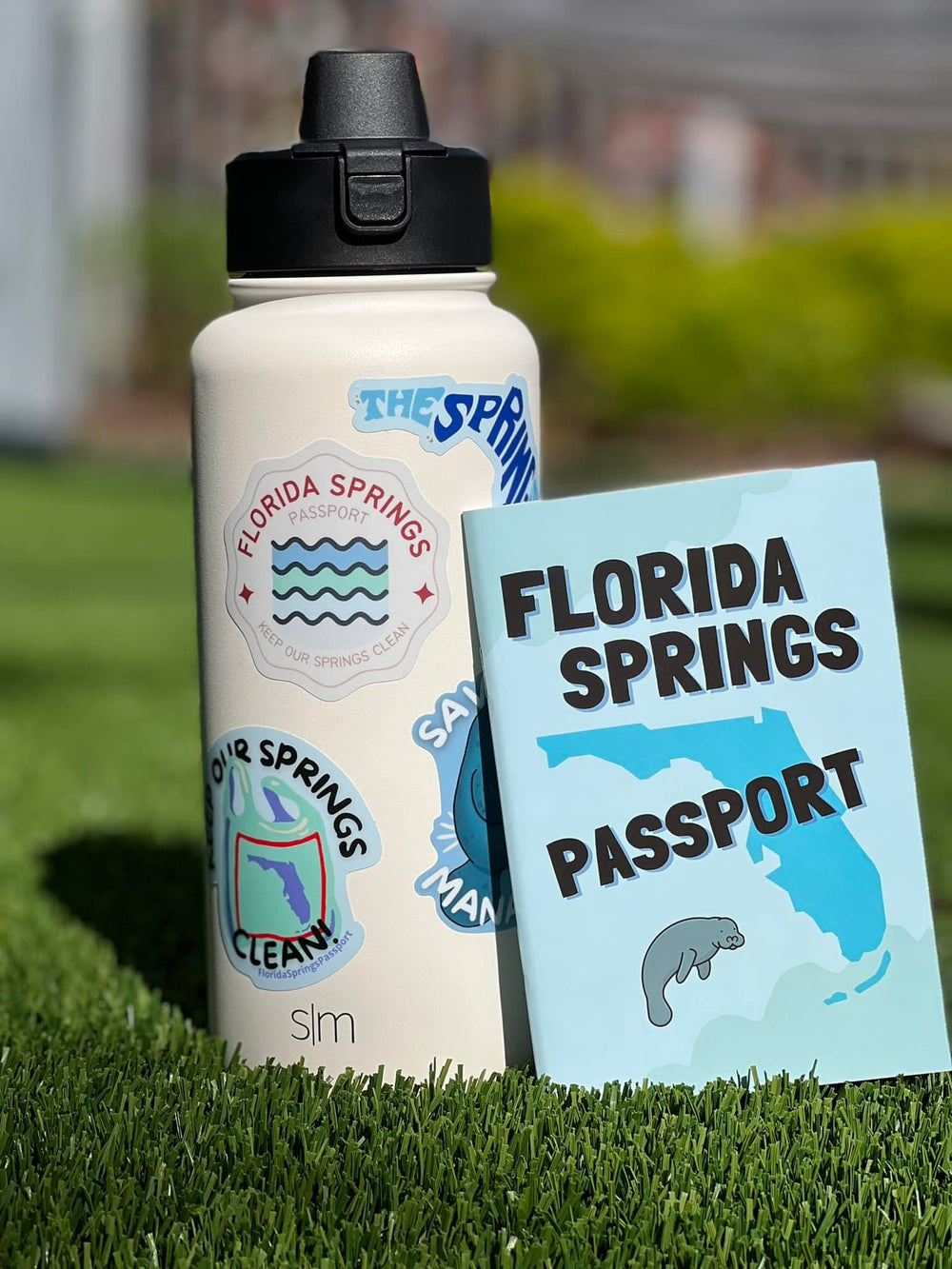Florida Springs Wildlife | Fun Animal Facts: Part 1

Fun Animal Facts: Part 1
You have probably seen in many of the blog posts, when exploring the Florida springs, you are likely to run into some pretty cool creatures.
Here are some fun facts about the animals that call the springs HOME:

Manatees
- Manatees migrate to the springs in the winter because the ocean water gets colder, and the spring waters stay 72 degrees year-round. You will most likely see them at the springs that have a connection to the ocean. Like Weeki Wachee and Crystal River, which connect to the Gulf. Or Silver Glen, which connects to the St. John River, which connects to the Atlantic Ocean.
- One of the manatees' closest animal relatives is the elephant. You can see the resemblance by looking at their teeth, the toenails on the forefin, and the bristly hairs that cover their body.
- Manatees are vegetarian (herbivores) and mainly eat seagrass and eelgrass. This is why you might see areas in the water blocked off at the springs, because humans walking and treading on the sandy floor keeps the grass from growing. Also, when there are high nitrogen levels in the spring waters, due to fertilizer runoff, a green film covers this food source.
- They can stay underwater for 20 minutes before needing to come up for air.
- Have you ever seen a manatee swim? It looks like a mermaid! Research from the Smithsonian backs up the theory that many of the mermaid tales concocted by sailors while cruising the ocean were inspired by the sight of manatees in the water.
- Manatees don’t have any natural predators, but injuries from boats pose a huge threat to the species. The white marks you see on manatees are from boat strikes. This is why it is so important to be diligent and mind the no wake zones. If you see a manatee in distress call FWC’s number 1-888-404-3922 and ask to speak to an operator.

Alligators
- There are two species, the Chinese and the American alligator, and the American alligator is native to Florida.
- Alligators prefer freshwater, but they can handle being saltwater for short periods of time.
- You can tell the difference between an alligator and a crocodile by the width of their snout. Alligators have a rounder snout that is wider and not many teeth showing when its closed.
- You will see more alligators out and about starting in April and through June because that is mating season. Always keep a good distance from any gator, merely observing them in their natural habitat, but especially during this time of the year.
- According to the FWC, The American alligator is federally protected by the Endangered Species Act as a threatened species. If there is a nuisance gator in your area that causes you concern, please contact the Nuisance Alligator Hotline at 866-392-4286.

Florida Cooter Turtle
- It is also known as the coastal plains cooter and can be found at the Florida springs and Virginia.
- The reason it loves the springs is because it is a freshwater turtle. You can usually find these guys sunbathing on the logs on the bank of the river.
- These turtles can live up to 40 years!

Double-Crested Cormorants
- You can find this bird at any of the springs or near ocean inlets.
- Cormorants love to eat fish. Their webbed feet help them propel themselves underwater and their feathers aren’t as oily so they can dive further to catch their food. They can dive as deep as 25 feet!
- Fun fact from the National Parks site, during the breeding season, the Double-crested Cormorants eyes and mouth turn a bright blue-teal color.

Striped Bass
- Striped bass habitats include the St. Johns River and its tributaries and in a few of the rivers in the panhandle.
- This fish can be found at many springs, but they are iconic at Silver Glen where you find a large school of them always chilling at the springhead.
- Much like the manatees migrate to the warmth of the spring in the winter, the striped bass love the coolness of the spring’s water in the summer.
- According to FWC, the striped bass usually accessorizes itself with 7 or 8 stripes.
- And a fun fact from NOAA, the striped bass can live up to 30 years!
Hope you enjoyed these fun animal facts, stay tuned for more!



Leave a comment